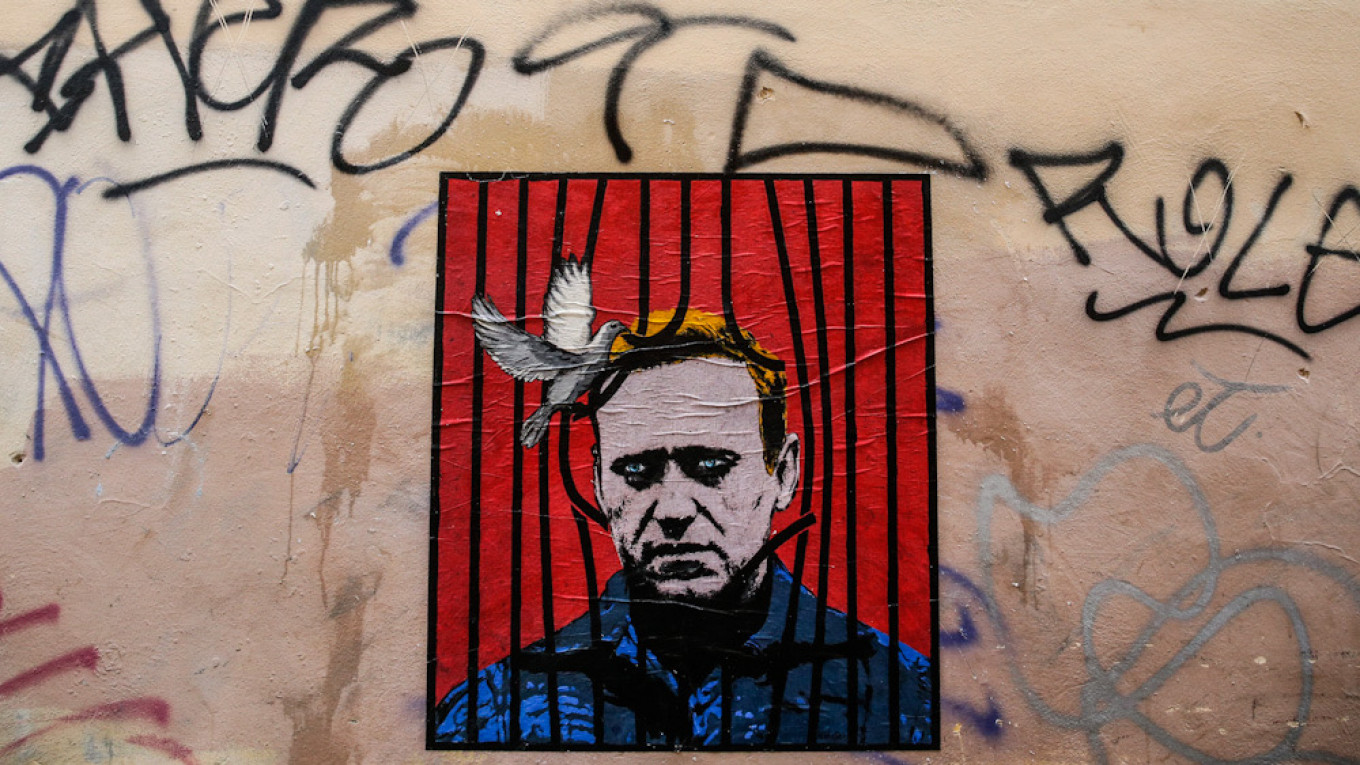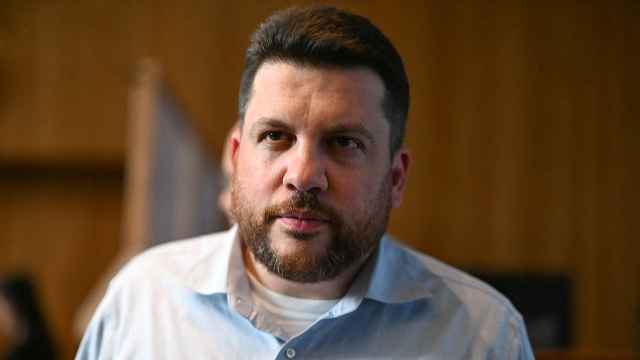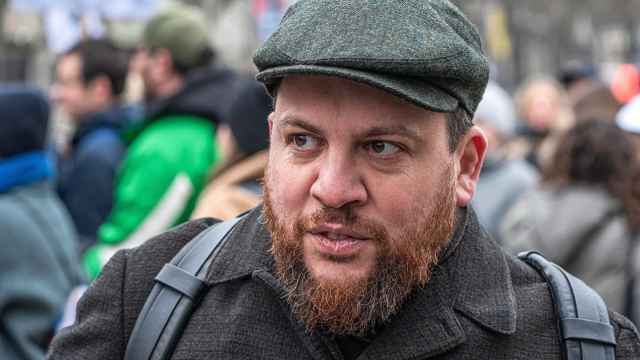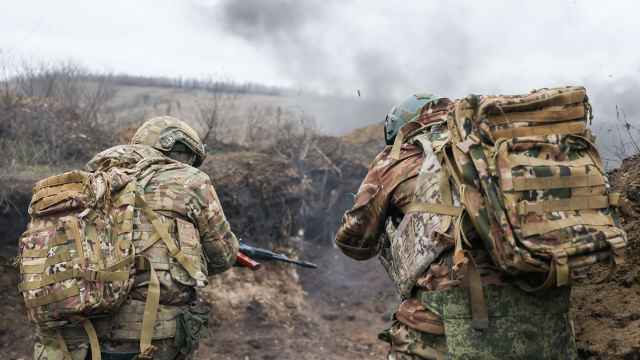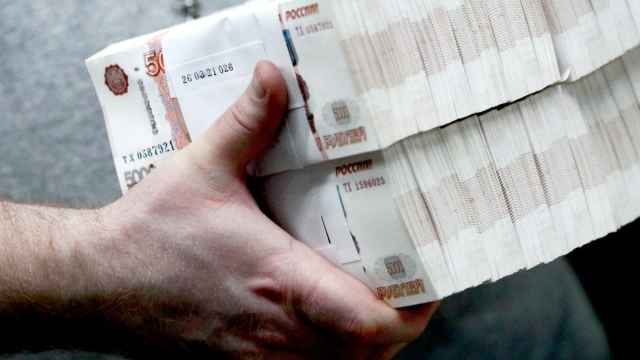On 2 Feb., a Russian court sentenced opposition leader Alexei Navalny to two years and eight months in prison. This followed a tumultuous fortnight that began with Navalny’s return to Russia and arrest on 17 Jan., his release of a sensational video detailing President Vladimir Putin’s lavish palace in Gelendzhik on the Black Sea, and two weekends of widespread demonstrations in protest at Navalny’s detention.
Navalny faces a further trial in a separate case. More jail time will almost certainly ensure his imprisonment for the whole of the next electoral cycle from Duma (parliamentary) elections in September 2021 through presidential elections in March 2024.
His bravery in returning to a country that nearly killed him with the military nerve agent Novichok has made him the undisputed leader of Russia’s opposition.
Even if he is prevented from playing a public role in politics, he has already changed Russia and revealed much about its system.
Navalny’s unprecedented challenge
Navalny presents an unprecedented challenge to the regime. He is neither part of the elite nor appeals to any part of it. Unlike previous major opposition figures (such as Mikhail Khodorkovsky, once the owner of Russia’s biggest private company, and Boris Nemtsov, a former deputy prime minister), Navalny has never been part of the system nor enjoyed access to its resources and connections. He has gained his prominence through tireless campaigning from below, his unequaled ability to ferret out embarrassing and revealing details of wealth and corruption, and his ingenious use of social media to propagate these.
Nor does Navalny make any attempt to appeal to any part of the elite.
He condemns siloviki (security officials) and oligarchic business leaders alike — and calls for the West to sanction the latter in particular. He is unsparing in his criticism of Anatoly Chubais, a key figure of the more liberal Yeltsin years and architect of 1990s privatization.
The one fixed point of Navalny’s shifting political position — ranging from economic liberalism to nationalist populism — is his condemnation of corruption, the glue that binds elites to power. He shows no interest in the kind of alliance between civil society and a more moderate section of the elite that can lead to reform in authoritarian states. He focuses solely on the numbers game to bring about change: the people are far more numerous than their oppressors.
He concludes his Gelendzhik video by saying that while Putin and those who ‘guard him, steal for him, falsify elections are a few hundred thousand. But there are tens of millions of us.’
In short, as someone from outside the system mounting a wholesale challenge to it, Navalny is the most revolutionary figure Russia has seen since independence in 1991.
What it tells us about Russia
Every aspect of the Kremlin’s response to Navalny betrays concern about the threat he poses: the attempt to kill him and then keep him out of Russia after his recovery in Berlin; the unscheduled diversion of his plane to a different Moscow airport, away from his waiting supporters; his arrest and sentencing; and shows of force against protesters. The authorities did all this despite seeming strong.
Though facing the economic and health challenges of the pandemic last year, the Kremlin passed major constitutional changes in a flawed referendum in June and further restrictive measures in December. The opposition could mount no effective protest against any of this. The regime seemed dominant even as it tightened control.
In this light, the regime’s attempt to kill Navalny appears not only an over-reaction but a serious mistake. The events it set in train have galvanized the opposition, burnished Navalny’s name recognition and reputation, and drawn international attention to him. This miscalculation attests the state’s lack of confidence in its own appeal and stability. It is a clear sign that the threat Navalny poses far exceeds his limited resources – and will grow if not dealt with. It is a testament, in particular, to the potency of his key message of endemic corruption.
Navalny’s video of Putin’s Gelendzhik palace — as of 4 Feb. viewed nearly 110 million times — portrays this corruption in unsparing detail. Its depiction of Putin as not merely avaricious, but deranged, could not be more direct or insulting. But the video also reveals two deeper truths about Russia’s system today.
Firstly, it exposes the elaborate fictions — shell companies, offshore arrangements, nominal owners, bearer shares — used by Putin’s entourage of childhood friends and long-standing allies to conceal the financial flows and asset ownership that underlie the Gelendzhik project. Such methods have long been used by transnational organized criminal groups to hide their activities from states.
Yet in Russia it is the state itself that resorts to them — and an unaccountable state at that, one lacking independent institutions to investigate official malfeasance. The state goes to extraordinary lengths to hide what it does within the country it rules.
Secondly, Navalny nonetheless uncovered these trails of paper and money. He obtained procurement documents not in the public domain, and persuaded workers and contractors to share sensitive details — including plans of the palace, a building protected by the Presidential Security Service. Ordinary people with much to lose handed these over. Their indignation was stronger than their fear of, or loyalty towards, the state.
This illustrates Russia’s remarkable leakiness. Its huge market in personal data, including of security service personnel, has been used by the investigative website Bellingcat to reveal details of Navalny’s poisoning, the 2018 Salisbury Novichok attack and other secret operations. While Putin has spent 20 years building a silovik state, Russia’s domestic information security remains poor.
The state’s treatment both of Navalny and the protests at his arrest confirms a final truth about the system — one implicit in Russia’s direction of travel in recent years. Its main instrument of control is now repression. Manipulation and persuasion, once important methods too, now play a diminishing role in managing political dissent.
In short, Navalny’s return and its aftermath capture the contradictions of Russia’s regime: at once forceful and repressive, yet insecure and commanding little intrinsic loyalty even from its employees. It is a volatile paradox of power and vulnerability. As systemic performance declines — real disposable income is 10% lower than in 2013 — and the 2024 election approaches, how this paradox plays out will become more urgent and less predictable.
This article was first published by IISS.
A Message from The Moscow Times:
Dear readers,
We are facing unprecedented challenges. Russia's Prosecutor General's Office has designated The Moscow Times as an "undesirable" organization, criminalizing our work and putting our staff at risk of prosecution. This follows our earlier unjust labeling as a "foreign agent."
These actions are direct attempts to silence independent journalism in Russia. The authorities claim our work "discredits the decisions of the Russian leadership." We see things differently: we strive to provide accurate, unbiased reporting on Russia.
We, the journalists of The Moscow Times, refuse to be silenced. But to continue our work, we need your help.
Your support, no matter how small, makes a world of difference. If you can, please support us monthly starting from just $2. It's quick to set up, and every contribution makes a significant impact.
By supporting The Moscow Times, you're defending open, independent journalism in the face of repression. Thank you for standing with us.
Remind me later.



